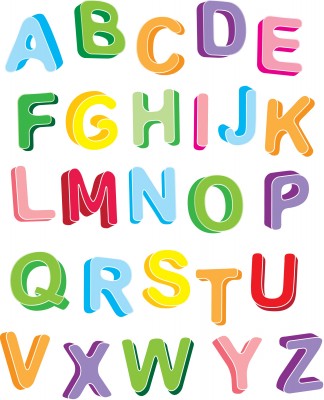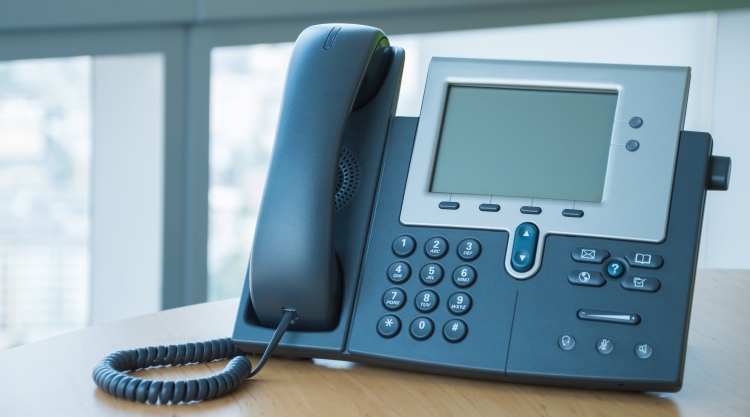We as humans are intended to make mistakes therefore the saying goes, “To err is human; to forgive, divine”. And, as beings of the divine we are always making a conscious effort to rectify our mistakes. Here we will guide you through some commonly made mistakes and also ways of avoiding it while performing the most important activity in the daily operations of our everyday life; which is – Communication. We make mistakes while speaking, reading and writing. However, the most noticeable and obvious form of mistakes occurs in the written version since it is in a documented state.
With the help of copy-editing and proofreading techniques these errors in writing can be minimized and even reduced to none. Many people believe that these techniques are one and the same. But, to clear their doubts and confusion we would like to state that these are two entirely distinct editorial skills, but do feature some over lapping factors as both the processes are used to examine written works for errors. Copyediting is considered to be more qualitative and is done at the manuscript stage.
Copy Editor’s Role
The main task of the copy editor is to provide a touch of finesse to the writer’s article so that it possesses all the nuances of good writing. Proofreading is done on the galley proof or the exact copy (a facsimile) of the finished item. Copy Editing task entails reorganizing, and compiling the style-sheet thereby making the syntax of writing flow smoothly. The proofreader does the job of revision and not correction and is not permitted to make any substantive changes in the manuscript, by adding deleting or changing any line. He can spot grammatical and punctuation errors, but his main duty revolves around picking up mistakes that were missed by others. They fall short on authority and their job only entitles them to carry items for authors, typesetters or editors to consider.
We may not be professional writers or proofreaders, but that will not spare us from the task of proofreading as there are some stages in life where we all have to proofread, for e.g. in resumes and term-papers or even for business propositions we send across to clients.
To avoid big blunders you should familiarize yourself with the common errors you make by making a list and then try and spot if you have made the same mistake again. Read your work backwards. As this will break the logical flow of the content and you will be forced to pay greater attention and detail to each and every word. It will make you see the errors that you may have missed while reading it from the beginning. Reading out loud also helps in creating a good impact. By this method you may point out the mistakes after hearing your own voice, even when your eyes may have missed it. Take cues from the tools available on the computer screen but, do not rely on them blindly. See them as guiding and not ultimate tools that are available to help you. Pay intricate detail to commas and hyphenations. Check the numbers mentioned thoroughly. Try and use short sentences (depending upon the material though) as they are easy to proofread. Read some editorial style publications and learn about proofreading marks. These indicate what changes can improve the quality of the document. Once you master this technique proofreading will be child’s play for you.
About Author
This guest post was provided by Tom Slaiter of i-Fluid Media on behalf of Wordy. Wordy is an online dissertation proofreading service and copy editing service.

























Leave a Reply